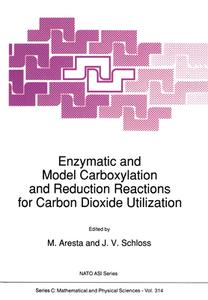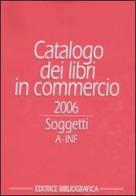
Enzymatic and Model Carboxylation and Reduction Reactions for Carbon Dioxide Utilization
- Editore:
SPRINGER NATURE
- Collana:
- NATO Science Series C:
- EAN:
9780792308713
- ISBN:
0792308719
- Pagine:
- 452
- Formato:
- Hardback
- Lingua:
- Inglese
Descrizione Enzymatic and Model Carboxylation and Reduction Reactions for Carbon Dioxide Utilization
The activation of carbon dioxide by transition metal complexes has been extensively studied. both experimentally and theoretically. 1 Central reactions in this chemistry are the insertion of C02 into M-X bonds. where X = H. C. 0. and N. (eq. 1-4). We are presently investigating the mechanistic aspects of these reaction processes and will herein deSCribe our current level of understanding. Comparisons of the pathway of the carbon-carbon bond fonning process in transition metal chemistry with the well known analogous chemistry involving organolithium reagents will be presented. Furthermore. the role of these reaction types in both homogeneous and heterogenous catalytic processes leading to useful chemicals will be elaborated. _OM> (1) lMt-H + ~ lMlopi _OM> (2) [Mt-R + C0. 2 [M]0. 2CR _OM> (3) [Mt-OR+ ~ [M]0. 2COR _OM> (4) [Mt-NR2 + C0. 2 [M]~CNR2 Insertion of C02 into the Metal-Hydride Bond. The reaction of anionic group 6 (Cr. Mo. W) transition metal hydrides with carbon dioxide to afford metalloformates occurs readlly at ambient temperature and 2 reduced pressures of carbon dioxide. This insertion process is referred to the normal pathway (Scheme 1). There are no documented cases of C02 insertion into the metal hydride bond to provide the alternative. metallocarboxylic acid. isomer (referred in Scheme 1 as abnormal). 3 Recent theoretical studies ascribe this preference to an unfavorable electrostatic interaction and poorer orbital overlap in the latter pro 4 cess. Nevertheless.









